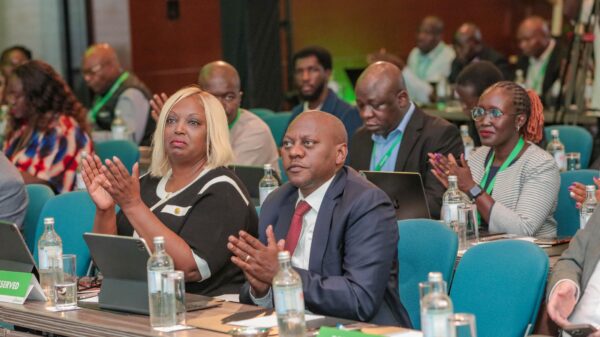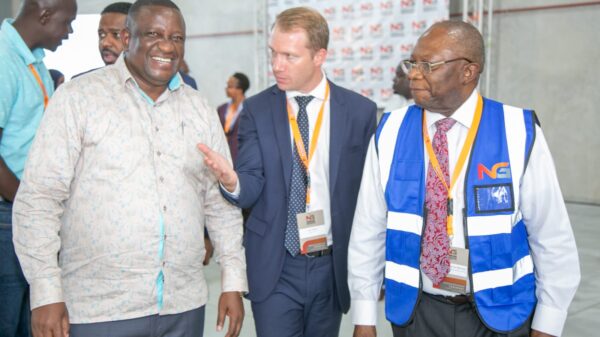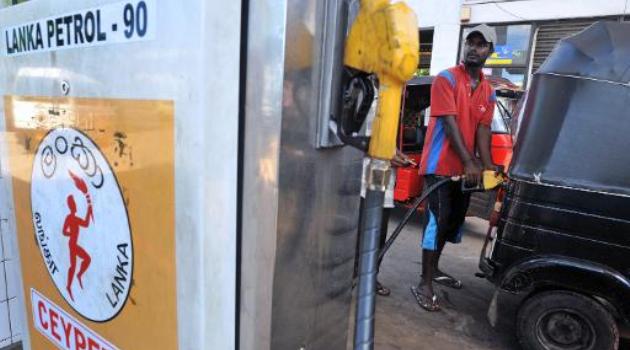NAIROBI, Kenya, Nov 21- As the government embarks on harnessing the huge geothermal potential that exists in the country, it will have to first set aside a substantial amount of money to facilitate and finance the capital intensive-power projects, an industry player has said.
KenGen Managing Director Eddy Njoroge opined that an upfront cost of 30 percent of the project’s total budget would eliminate the financing hurdles in these projects and aid exploitation of reliable power supply.
“The government must spend some money upfront. Unless it is prepared to put in some money to mitigate the risks, we cannot be able to develop geothermal,” he cautioned.
Private investors shy away from participating in geothermal prospecting activities because of the large upstream risks and when they do take them up, they make huge demands for payment securities.
And because sometimes the government cannot afford some of these requests, planned generation projects have in the past been delayed, further straining the country’s ability to meet the rising demand for power.
However, in cases where the government has shown some commitment, projects have proceeded without a hitch.
A case in point is the development of various projects in Olkaria where between 2004 and 2006, the government allocated some funds that facilitated the drilling of new wells and thus power generation.
The government’s commitment also attracts other organisations such as development partners whose involvement helps to lower the risk profile of the projects and allows the contractors to focus on their day-to-day operations.
Besides the down-payments however, there exists other financing options such as ‘Build-Operate- Transfer’, vendor financing and the Public Private Partnerships for the massive programmes.
“We need 4,000 Megawatts (MW) between now and 2030. We want to look at all the options for financing these developments,” Njoroge pointed out on the sidelines of a geothermal conference in Nairobi.
Kenya’s geothermal potential is estimated at between 7,000 MW and 10,000 MW but it only has an installed capacity of 202 MW.
This state of affairs is what has prompted the government to aggressively search for ways that this potential can be tapped by for instance fast tracking ongoing projects and committing to new ones, given the fact that the country is energy deficient in the face of a 12 percent annual power demand.
Some ambitious projects have been lined up that could see an injection of an additional 21, 620 MW over the next two decades with geothermal providing about 5,000 MW.
In addition, several detailed studies are periodically been carried out to determine the viability of various projects.
It is these surveys for instance that indicated the existence of a geothermal resource potential of about 1,600 MW that can be commercially exploited under the Menengai caldera.
“GDC is currently undertaking exploratory drilling for the first phase development of 400 MW with a commissioning target of 2016. The long term plan is to fully develop the prospect in four phases of 400 MW each,” Energy Minister Kiraitu Murungi said.
In the speech read on his behalf by his Assistant Minister Eng Mohamed Mahamud, the ministry disclosed that it has already worked out the steam costs.
“Steam so produced will be offered for sale to both KenGen and IPPs for conversion into electricity at a price of 35 US cents (Sh31.80) per KWh,” the minister said.
GDC is also going to undertake steam field exploratory, appraisal and production drilling in the Bogoria-Silali Block which has been shown to have a potential of about 3,000 MW.
To further increase its capacity to produce more power, Murungi disclosed that the government has licensed three private firms: Africa Geothermal International Limited (AGIL), WalAm Geopower Inc., and Marine Power Generation to undertake geothermal exploration.
The three will be expected to develop power plants with a minimum capacity of 70 MW each at Longonot, Suswa and Akiira Ranch-Mt Margaret prospects, respectively, he added.
“So far all the three companies are past the initial stages of surface exploration, having sited the initial exploratory drilling sites. Two of the companies have already undertaken Environmental and Social Impact Assessment studies, while the third is in initial stages of the process,” the ministry said.
Despite all these efforts however, the government still acknowledges that it has limited knowledge in this area and hence the reason for convening the Kenya Geothermal Conference 2011.
The government and the state agencies that are responsible for direct energy service delivery such as the Geothermal Development Company, KenGen and the Energy Regulatory Commission are expected to use the two-day to learn from those with more expertise on geothermal.
Participants in the first day event heard that should the government manage to unlock for the geothermal potential, then it would have enormous benefits on economic growth, employment and poverty reduction.

























